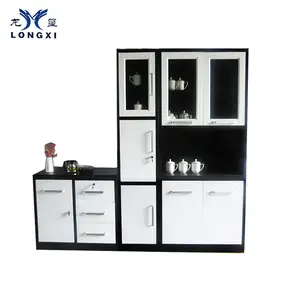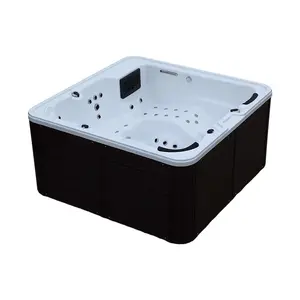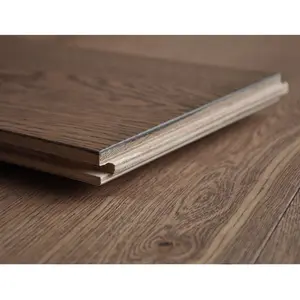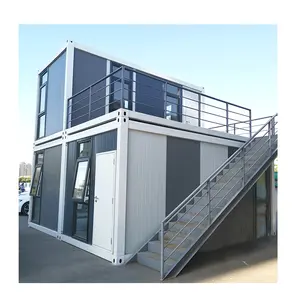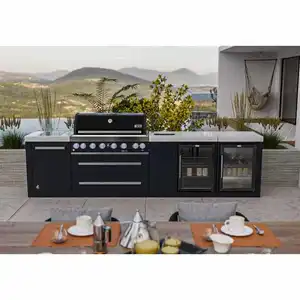Popular in your industry












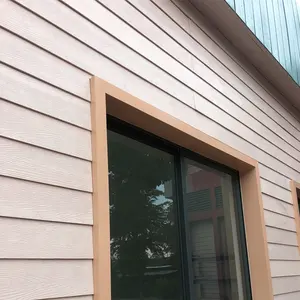






















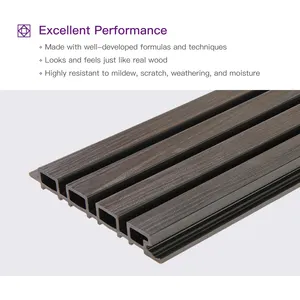

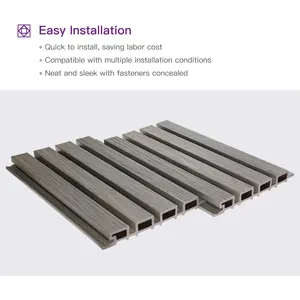




















































































































































































Top categories
About wood shed siding
Introduction
Welcome to our comprehensive guide on revamping your garden with the ultimate choice of wood shed siding. Shed siding is not just about aesthetics; it's a critical component that determines the durability and maintenance requirements of your shed. This guide will walk you through the importance of shed siding, the different types of wood you can use, and how to choose the right one based on your local climate. We'll also delve into various installation techniques and essential maintenance tips to ensure your shed stands the test of time. Whether you're constructing a new shed or refurbishing an old one, this guide will equip you with the knowledge you need to make informed decisions.
Understanding the Importance of Shed Siding
Shed siding is crucial for both aesthetic and functional reasons. It significantly contributes to the visual appeal of the structure, making it an important consideration when constructing a new shed or garage. More importantly, the choice of siding material impacts the durability and maintenance requirements of the shed. For instance, vinyl siding is known for its durability, low maintenance, and cost-effectiveness. It's resistant to rot, rust, and corrosion, making it a wise investment that shields you from potential issues that may arise with other materials over time.
Types of Wood for Shed Siding
When it comes to wood shed siding, several types of wood stand out for their beauty and durability. Western Red Cedar is a top choice, known for its stunning color, rot resistance, and dimensional stability. European Oak is another excellent option, offering strength, durability, and a wide range of sizes. Siberian Larch, with its attractive shades and durability, is also a great choice. Heat-treated Scandinavian Pine offers resilience and a beautiful dark brown color. Lastly, Douglas Fir, a cost-effective option, is appreciated for its color variation and strength.
Cedar
Cedar is a top choice for shed siding due to its durability and resistance to weather changes. It thrives in damp climates and doesn't shrink, swell, warp, or decay, making it ideal for outdoor structures. Cedar also has a rich texture that enhances when stained, and it resists swelling, cupping, and cracking better than pine and fir. It's also insect repellent, with natural chemicals and oils acting as preservatives. Cedar is environmentally friendly, producing fewer greenhouse gases and requiring less energy to produce. Lastly, its natural red and pink tones, beautiful knots, and pale yellow streaks add a rustic feel to your shed.
Pine
Pine is a popular choice for shed siding due to its natural beauty and texture. It enhances the elegance of a shed and holds a beautiful finish when painted or stained. Pine siding delivers immense value and durability, making it a superior choice for exterior siding. Its wide range of choices and the ability to customize make it a favorite among many.
Spruce
Spruce is another viable option for your shed siding, particularly for bevel siding. It's a softwood species that's readily available and offers a unique aesthetic appeal. While it may not be as naturally resistant to rot and wood-boring bugs as Western red cedar or redwood, it's still a popular choice. Spruce siding comes in several grades, offering a range of appearances from clear to knotty. It's worth noting that the siding's finish can greatly influence its look. For a painted finish, install the smooth side out, while for a stained finish, the rough side should face out.
Choosing the Right Wood for Your Climate
Choosing the right wood for your shed siding is significantly influenced by your local climate. Regions with extreme temperature fluctuations, high humidity, heavy rain, or snowfall require materials that can withstand these conditions. For example, wood siding offers excellent insulation and can last for decades when properly maintained, making it suitable for moderate climates where temperature fluctuations are not extreme. Regular maintenance is essential to prevent wood rot. Therefore, understanding your local climate and the characteristics of different wood types is crucial in making an informed decision.
Installation Techniques for Wood Shed Siding
There are several techniques for installing wood shed siding. Bevel siding, or clapboards, are long, thin planks nailed horizontally to exterior walls, creating a weather-resistant surface. Plywood siding is affordable and covers a large area quickly. Tongue-and-groove boards feature interlocking joints and can be installed vertically, horizontally, or diagonally. Board-and-batten siding consists of wide boards and narrow battens nailed vertically to the wall framing. Cedar shingles are installed in overlapping courses, providing a neat appearance and excellent rainwater shedding. Each type has its unique installation method, offering different aesthetic and functional benefits.
Board and Batten Siding
Board and batten siding is a popular choice for wood shed siding due to its rustic charm and versatility. It consists of wide boards installed vertically with narrow battens fastened over the gaps. This siding can be rustic or modern, depending on the finish and the roughness of the lumber. The installation process is not too difficult, especially for those with some experience in construction. With proper planning and the right tools, you can install board and batten siding on your wood shed, enhancing its aesthetic appeal and durability.
Clapboard Siding
Clapboard siding, also known as weatherboard, is a popular choice for shed siding due to its durability and aesthetic appeal. Originating from the Dutch work 'klappen,' meaning 'to split,' it was traditionally hand-split from logs of white pine, hemlock, spruce, or cypress. Today, clapboard siding comes in a variety of woods and man-made materials. However, western red cedar is often favored for its ability to take paint easily, quick installation, and longevity. The installation process involves overlapping thin, tapered strips of wood, ensuring a watertight finish. Remember, proper installation and maintenance can make your clapboard siding last the lifetime of your shed.
Shiplap Siding
Shiplap siding is a popular choice for shed exteriors due to its durability and aesthetic appeal. Prior to installation, it's crucial to let the siding acclimate to your local temperature and humidity levels for about 7 days. When installing, fit each board as tightly as possible to minimize gaps. Due to the hard nature of shiplap siding, use premium carbide tipped saw blades for cutting and brad point drill bits for cleaner holes. The siding is shipped with the end grain sealed to prevent any adverse movement. Remember to seal fresh cuts within 24 hours with end grain sealant.
Maintaining Your Wood Shed Siding
Maintaining your wood shed siding is crucial for its longevity. If your shed is built with wood siding, check it often for moisture build-up. To prevent wood rot, apply a coat of paint or stain treatment every few years. This protects your shed from excessive rain, moisture, and damaging UV-ray exposure. Don’t backfill the air space around your shed as it reduces ventilation and traps moisture. If your shed’s roof has a leak, fix it immediately. Spills can damage floorboards and lead to mildew, mold, and fungus growth.
Regular Cleaning
Regular cleaning is essential for maintaining your wood shed siding. Start by clearing out any dust, dirt, and cobwebs that tend to accumulate. If there is extra moisture after cleaning, use a fan to help it dry out faster. Regular cleaning not only keeps your shed looking good but also extends its lifespan by preventing the buildup of harmful substances that can cause damage over time. Remember, a clean shed is a long-lasting shed.
Sealing and Staining
Maintaining the integrity of your wood shed siding is crucial. If your shed is built with wood siding, you need to check it often for moisture build-up. To prevent wood rot, apply a coat of paint or stain treatment every few years to your shed’s wooden exterior walls. This will protect your shed from excessive rain, moisture, and damaging UV-ray exposure. Regular application of stain treatment not only enhances the longevity of your shed but also maintains its aesthetic appeal.
Repair and Replacement
Repairing your shed siding can be a cost-effective and time-saving alternative to buying a new shed. The process involves measuring the damaged area, sourcing the best-priced materials, and then carrying out the repair. For wooden shed siding repairs, tools like a circular saw, hammer, chisel, and others may be needed. It's recommended to paint the new siding before placement to seal the wood and prevent future rotting. Remember, the repair should result in the shed looking as good as new, if not better!
Conclusion
In conclusion, the choice of wood for your shed siding is a significant decision that impacts both the aesthetic appeal and longevity of your shed. From understanding the importance of shed siding to exploring different types of wood like Cedar, Pine, and Spruce, and their unique characteristics, we've covered all you need to know. We've also discussed how your local climate influences your choice of wood and various installation techniques to consider. Lastly, we emphasized the importance of regular maintenance, including cleaning, sealing, staining, and timely repairs, to ensure your shed remains in top condition for years to come. With this guide, you're now well-equipped to revamp your garden with the perfect wood shed siding.
